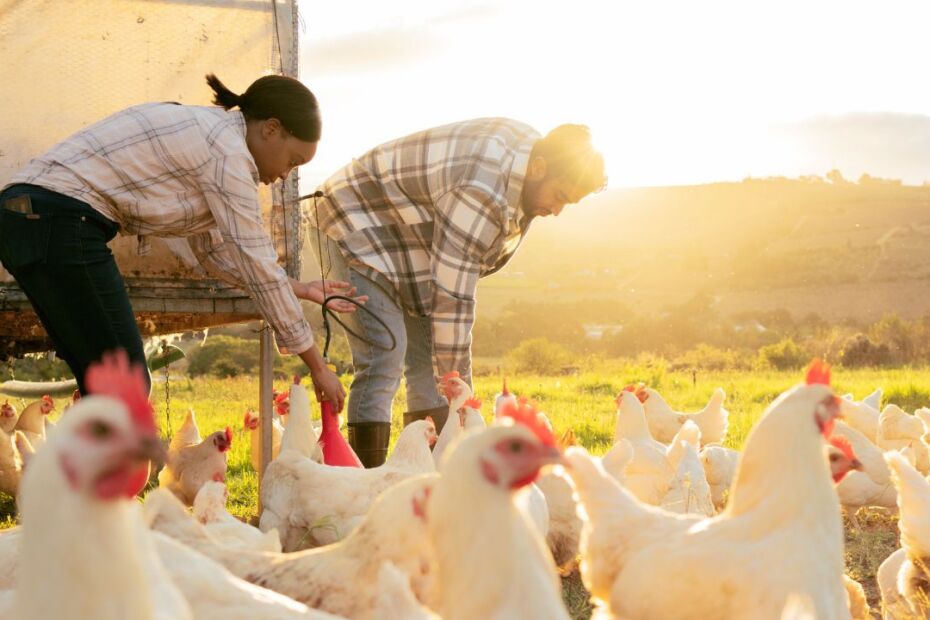Many believe that livestock animals can withstand uncomfortable temperatures because they’ve evolved to live outdoors. However, this idea is only partially true. Just like people, animals can become very ill and even die from heat exposure caused by extreme temperatures. Whether cattle, pigs, goats, horses, or other animals, your animals will need adequate protection in order to survive and thrive. Learn how to protect your livestock from heat stress to keep them comfortable, happy, and, most importantly, healthy.
Provide Adequate Shelter
Unfortunately, giving your animals a singular shaded area isn’t enough to keep them cool. Often, the danger arises when animals start to bunch up, as this increases body heat and defeats the shaded area’s purpose. A good shelter should have fans, adequate ventilation, plenty of floor space, and be high enough to allow air movement.
Consider building earth mounds to keep animals apart. If you’re struggling to find a solution that ticks the boxes, you can convert fabric storage buildings into livestock shelters. If you’re looking to save a little extra cash, one of the environmental benefits of fabric buildings is their ability to utilize natural airflow to cut down on energy costs.
Adjust Their Diet Accordingly
Naturally, livestock animals will drink more water the hotter it gets, and they’ll need a bit of a diet and schedule change to maintain their body temperature. They’ll need about double the amount of water, so extra tanks may be necessary. Additionally, tanks and waterlines should remain in the shade and shouldn’t go above 80°F. There should also be enough trough space for each animal. As an estimate, cattle need about 2-3 inches of trough space per head.
In terms of diet, keep in mind that the digestion process increases body heat. Feeding a small portion in the morning and a bigger portion in the evening helps animals stay cooler when night comes around. Ultimately, you should avoid moving and handling animals as much as possible during the hottest times of the day, which is typically from about 12:00 p.m. to 3:00 p.m. Consider adding more fat and fiber to their diet to decrease the heat created in ruminant animals during the fermentation process.
Offer Various Cooling Options
The best way to protect your livestock from heat is to provide them with various cooling options. While having enough ventilated shelter space is important, animals can’t stay in one place all day and will want to move when their body heat makes the space too warm. Sunshades, portable shade structures, sheds, and canopy trees are all excellent options that give animals a choice in case their current spot becomes uncomfortable.
Consider running water along the roofs of shaded housing to cool down the area or run water on the ground to keep hooves cool. You may also want to think about spraying down some of the animals with water during the hottest hours of the day. Alternatively, if you want to cool down the ambient temperature, running mist sprinklers in and around the shaded housing will do the trick.
Remember, livestock animals can become just as uncomfortable and sick as humans if exposed to the heat for too long. Give them plenty of shade and water, and look for signs of heat stress throughout the day.

